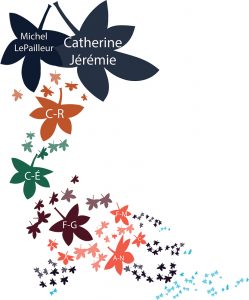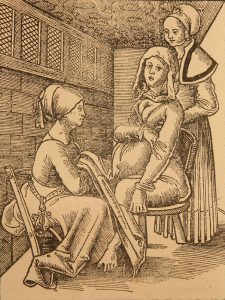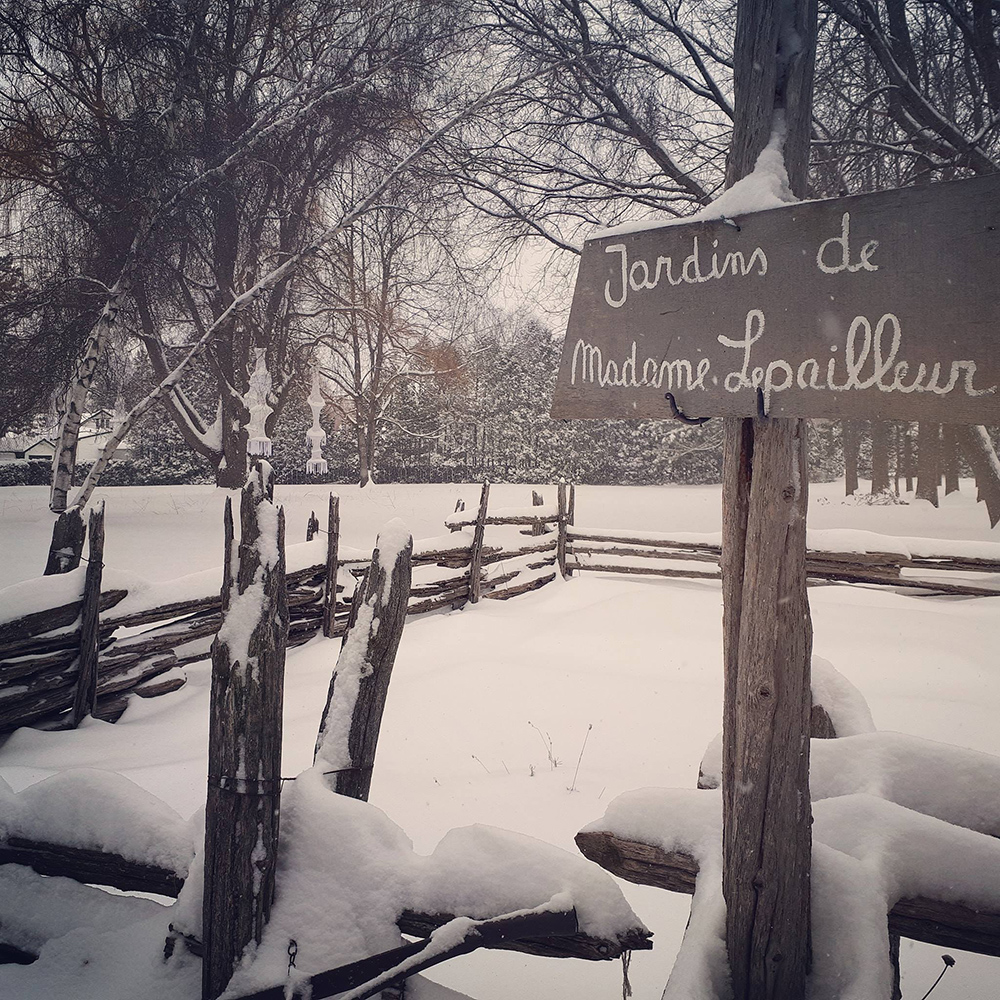The origins of a family and a community
Herbalist and midwife, Catherine made history

Charles-René, Charles-Éléonore, François-Georges, Alfred-Narcisse, are some of Catherine Jérémie’s descendants who, in their own way, will contribute to building the Quebec we know today.
The matriarch of the LePailleur family was born in the Québec City area in September 1664. Catherine Gertrude Jérémie was the daughter of Noël Jérémie, dit Lamontagne, a trader in Tadoussac, Chicoutimi and Métabetchouan (in Lac-Saint-Jean).
Sometime between 1670 and 1680, the Jérémie family moved to Batiscan. It was there that Catherine, then 16, married Jacques Aubuchon. Only one child was born of the couple’s union.
Widowed a few years later, Catherine married Michel LePailleur in 1688. The household then left Batiscan to settle in Québec City where Catherine went through seven more pregnancies, two of which resulted in twin girls.

Childbirth scene from the book The rosegarden for pregnant women and midwives (title translated from German), by the doctor Eucharius Rodion, 1513.
In 1702, the family moved to Montréal, where Michel was offered a job. Catherine brought to term five more pregnancies. The experience she gained from her deliveries made her a resource for her community and she worked as a midwife for the local women.
Life in New France was not easy. Life expectancy was not very long and infant mortality was very common. Hygiene was far from what we know today and living conditions were harsh. Medicine was not yet very advanced and there were still very few doctors in America.
Therefore, women had to rely on their knowledge of local plants to take care of everyone’s ailments. Although Catherine was married and had several young children, she devoted some of her time to her passion for herbal medicine. She researched native plants and shared her knowledge with naturalists in France, sending them samples and the information she had gleaned. Intendant Gilles Hocquart even mentioned her in his writings: « Widow LePailleur sent me from Montréal a small chest and a package containing some roots suitable for different uses. This widow has long striven to discover the secrets of Indian medicine. »
Through her work, she became the first woman herbalist in Quebec. There’s a page dedicated to her in the Dictionary of Canadian Biography and a street in Québec City now bears her name.
Like her husband, Catherine helped build the province. She gave birth to a dozen children and helped other women in her community bring future generations into the world. But more importantly, it is through the science of plants that she has acquired a unique place in history.




